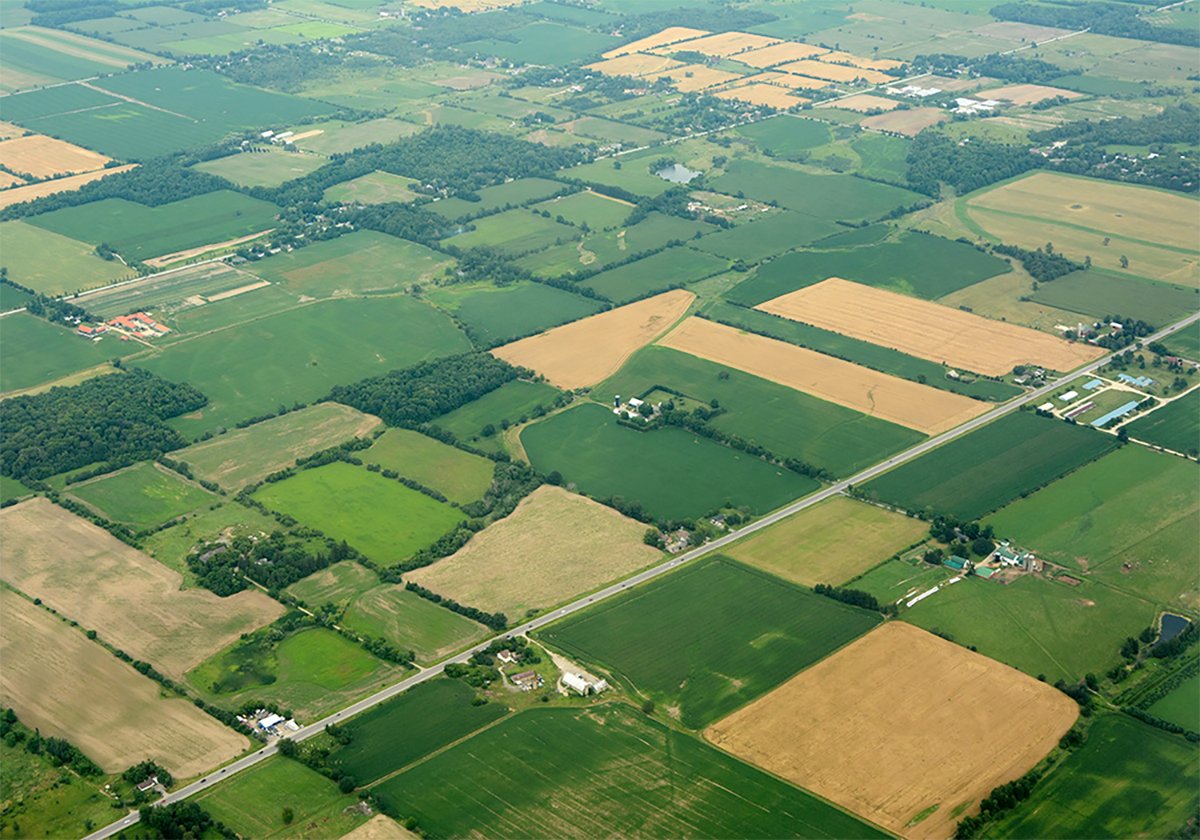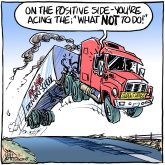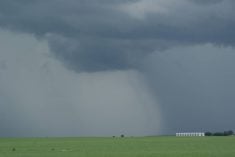When Don Campbell and his two brothers took over the family ranch near Meadow Lake, Sask., in 1972, they had no plan and no written agreement. Don wrote a letter to the other two suggesting how he thought it should run, and the other two essentially said “fine.”
Within six months the first brother left the ranch, and six months later, the second brother left.
Don and his wife Bev stayed on, ranching with his dad, but they had nothing on paper and no security. In 1980, they formally bought the ranch, with Don’s dad setting up terms they could afford.
Read Also

Higher farmland taxes for investors could solve two problems
The highest education and health care land tax would be for landlords, including investment companies, with no family ties to the land.
When the Campbells’ two sons, Mark and Scott, and wives, Blusette and Jenna, wanted to join the ranch, Don and Bev didn’t want a repeat of what happened with Don’s brothers, so they made a plan.
The Campbells have practised holistic management for many years, and know that trust, goodwill and open communication are critical in any kind of operation, and would be especially important in creating an estate-operating plan for the ranch. But those conditions require effort and expertise, so they hired Lloydminster-based Kelly Sidoryk, a consultant who helps families plan together.
Sidoryk facilitated two weekend goal setting and planning sessions away from the ranch with the Campbell family, and the whole family agrees it was the most important part of the transfer process. Don said they spent $4,000-$5,000 on expenses plus facilitation fees for these meetings, and the family put in about 50 days altogether.
Mark and Scott’s two sisters, both married, do not live on the ranch, but do own some cattle and have an interest in the long-term management of the ranch. Each sister came to one weekend meeting, and in retrospect Don and Bev think it would have been better if both their daughters had been at both meetings.
It is almost a joke among counsellors who work with farm families that the daughter-in-law is seen as the problem when things go wrong in intergenerational family operations. Don and Bev decided to solve that age-old problem by simply
declaring Blusette and Jenna full Campbell family members the
moment they got married.
Mark’s wife Blusette, who was raised on a ranch in Montana, didn’t want to be involved in agriculture after she left home. But she said the fact that they have clear communication and an exit
strategy for everyone in the family gave her a sense of confidence and safety to get involved.
The operating principles
There are principles and values the Campbell family worked out to guide the ownership arrangement. The ranch will:
- Have profitable and sustainable operations capturing and harvesting solar energy to grow healthy and wholesome food.
- Create an environment that ensures quality of life.
- Have win-win relationships.
- Provide time, support and finances for personal growth and individual endeavours.
- Have diverse vegetation and animal species, domestic and wild.
- Have an abundance of grass with moderate tree cover.
- Have healthy ecosystem blocks including the water, mineral and energy cycles and succession.
- We will leave the land better than we found it.
Division of responsibilities:
Production: day to day – Mark:
- Bio-plan, moving, fencing, calving, repairs, feeding, breeding, branding, weaning, vaccination/tags, processing.
- Hold weekly meetings.
Financial: year round – Mark:
- Monitor the financial plan and handle phone calls, bookkeeping, mail, bills, government programs, computer and insurance.
Marketing: Scott & Jenna (part time):
- Sell and buy livestock and feed; capital purchases.
People: Scott:
- Do hospitality, special events, tour co-ordinator, field days and education.
* Handle communication, team building, coffee for meetings,
- Handle communication, team building, coffee for meetings,
annual meeting, monthly meetings, secretary, documentation.
Ownership structure:
Mark, Blusette, Scott and Jenna each have one-sixth of the shares in the ranch. Don has 1,000 voting shares, but no participation in the financial aspect of the ranch operation.
Bev has one third of the shares. Each family gets a wage and profits are shared equally by share ownership. The boys and their wives are using their profits to buy their shares. When those are paid for, they will buy Bev’s shares.
The team meets daily for coffee and planning the day’s activities, and weekly to make a weekly master plan. They also meet monthly for monitoring how things are going in each area of the operation, and replanning anything that isn’t working the way they thought it would. They all agree the meetings take commitment and work, but are critical to the ranch’s success.
Don and Bev have both had some health problems over the past few years, and say having the young people involved is a blessing for support, energy, and of course most important of all, love.
With all the goal-setting and planning they’ve done, they are confident it will work out much better than it did with Don’s two brothers years ago.
Edmonton-based Noel McNaughton speaks at conventions and for corporations on Farming/Ranching at Midlife – Strategies for a Successful Second Age. He can be reached at 780-432-5492, e-mail farm@midlife-men.com or visit www.midlife-men.com.














